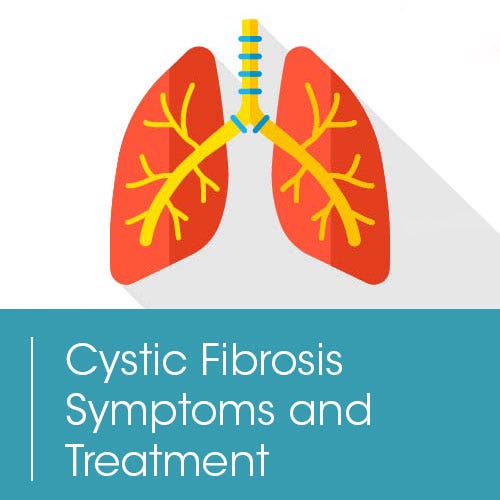
Asthma, Allergies, COVID, and Travel may sound stressful. Thus, we have created a checklist to help you prepare for your trip, so you get the most out of your trip instead of getting bothered by the essentials that you didn’t consider before the trip.









